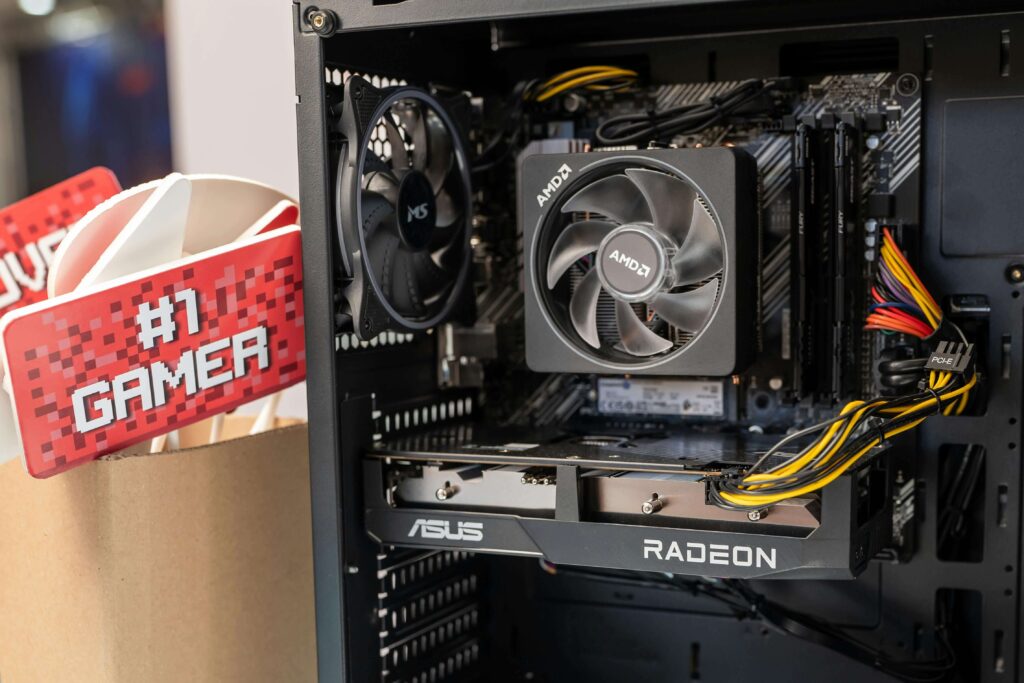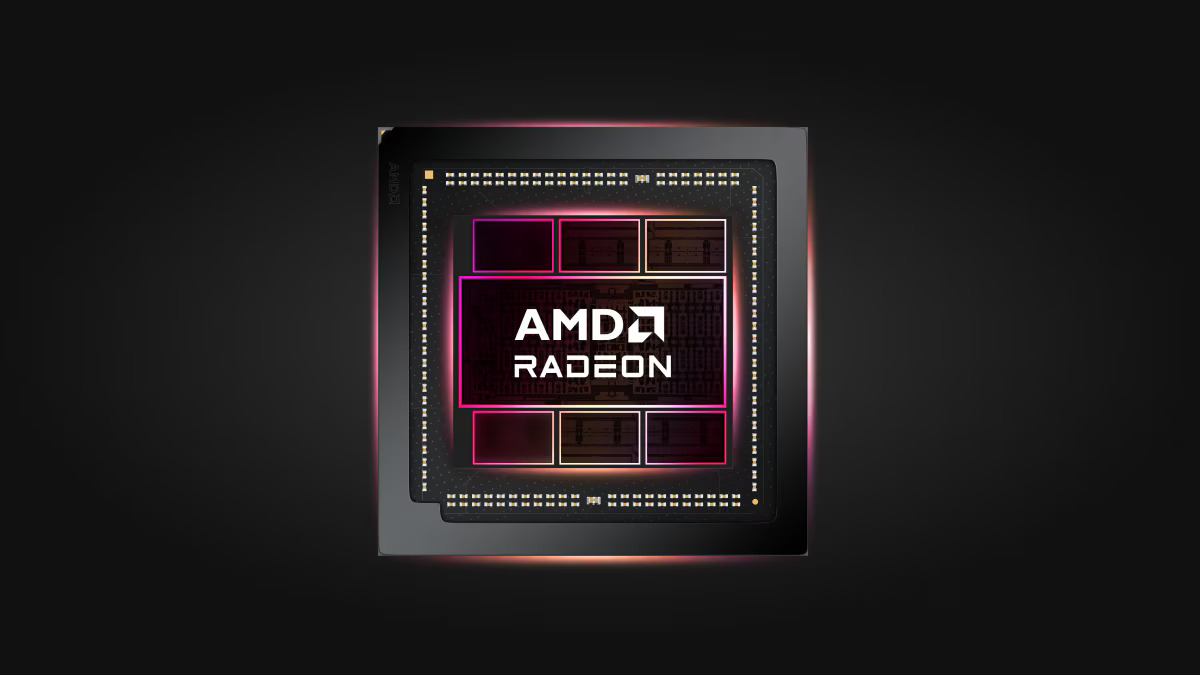AMD’s next-generation RDNA 4 graphics cards are officially on track for a January 2025 launch, likely to be unveiled at CES. This series is set to focus on the mainstream gaming market, bringing advanced performance, ray tracing, and new AI capabilities at a more accessible price point. Unlike Nvidia’s high-end offerings, AMD’s RDNA 4 line-up is designed for gamers looking for power without premium costs—a strategic pivot that could reshape the GPU market.
A Strategic Shift
For AMD, RDNA 4 represents a significant shift. After falling behind Nvidia in high-performance gaming, AMD has focused on affordable GPUs to appeal to a broader consumer base. According to The Verge, AMD’s CEO Lisa Su confirmed the RDNA 4 launch in an earnings call, highlighting that the new GPUs would bring “significantly higher ray tracing performance” alongside added AI capabilities. By scaling down on high-end competition, AMD aims to capture a larger share of the mainstream market, increasing its market share from 12% to an ambitious target between 40% and 50%.
Why Mainstream?
The decision to focus on mainstream gamers stems from a shift in consumer preference and market data showing increased demand for mid-range GPUs. AMD’s previous RDNA 3 series struggled to compete with Nvidia’s superior ray tracing, leaving AMD with limited traction in the premium market. This setback, however, also spurred AMD to return to its roots, taking inspiration from the success of its Radeon RX 5000 series, which gained popularity for offering solid performance at accessible prices. With RDNA 4, AMD hopes to replicate that success by emphasizing affordability and efficiency over sheer power.
What to Expect from RDNA 4

- Improved Ray Tracing: The RDNA 4 GPUs will feature a new “Double Ray Tracing Intersect Engine,” rumored to deliver a 100% improvement in ray intersection performance over RDNA 3. This enhancement is aimed at bridging the performance gap with Nvidia in games that rely heavily on ray tracing for realistic visuals.
- AI-Driven Capabilities: For the first time, AMD is integrating dedicated AI engines in its RDNA lineup. These AI accelerators are expected to boost frame rates and optimize in-game visuals dynamically, positioning RDNA 4 as a strong contender in the mid-range market.
- Performance Boosts Across the Board: RDNA 4 will support faster GDDR6 memory with speeds of up to 20 Gbps, significantly improving data bandwidth and handling for graphics-intensive applications. As AMD continues to refine its chipset architecture, the RDNA 4 line is expected to deliver efficiency gains across gaming and multimedia tasks.
Industry and Market Impact
AMD’s pivot to the mainstream sector could challenge Nvidia’s dominance by providing gamers with a more affordable yet high-performing option. For AMD, a stronger mainstream foothold not only brings in new customers but could also attract game developers to optimize their titles for AMD hardware. This broad user base could encourage more partnerships and build AMD’s ecosystem, which has long trailed behind Nvidia’s.
Intel’s entry into the discrete GPU market with its Arc series has added a third competitor in the mainstream space, intensifying competition. According to PC Gamer, AMD’s strategy aligns closely with Intel’s approach of offering budget-friendly, capable GPUs, which could spur innovation and pricing competition in the mid-range market. As both AMD and Intel prioritize affordability, Nvidia might find its high-end strategy facing challenges if mainstream consumers shift toward these new, cost-effective options.
Looking Forward
While AMD’s RDNA 4 won’t be competing directly with Nvidia’s flagship models, the improvements in ray tracing, AI, and performance efficiency have potential. According to AMD’s SVP Jack Huynh, the company aims to make gaming more accessible, increasing its market reach by expanding into mid-tier GPUs while pursuing AI dominance in other markets like data centers. “We are not looking to dethrone Nvidia’s top-tier models but instead aim to capture a wider consumer base,” Huynh stated in the recent earnings call.
AMD’s RDNA 4 series represents a significant milestone in the GPU market. This shift could define a new era where mainstream gamers benefit from technology once exclusive to high-end models. Although Nvidia still commands the high-performance segment, AMD’s bold strategy could disrupt the market, making advanced gaming features accessible to a broader audience.















